
|
|
|
|
|
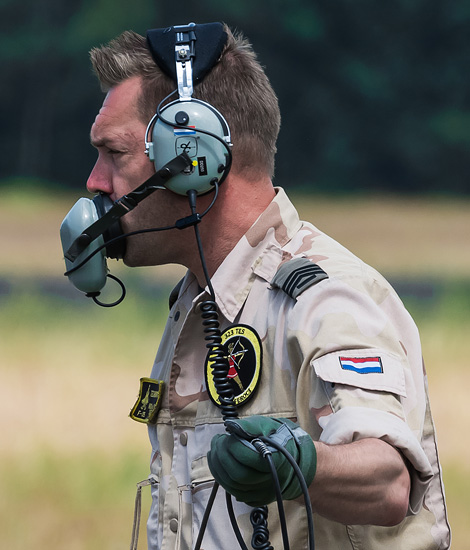
|
Invest in the Future of the Air Force; Volkel, June 15, 2019
Dutch Air Force Days 2019, part 2; Text and Photograph's by Alex van Noye
With the purchase of the Lockheed Martin F-35A Lightning II, the Royal Netherlands Air Force has opted for a very modern fifth generation combat aircraft. The F-35 Lightning II is also an important aircraft for the Dutch economy, as many companies benefit from the supply contracts involved in the purchase of that aircraft.
In the past, the F-16 has proved its worth for the Air Force in various scenarios around the world. Even in the coming decades, the Netherlands cannot live without a solid fighter plane. After years of evaluation and debate, the Dutch government decided in 2013 to purchase the F-35 Lightning II as the successor to the F-16 Fighting Falcon. With the F-35, the Dutch government deliberately opts for a technically high-quality air force. The F-35 offers the most perspective compared to other aircraft. The aircraft can best withstand modern mobile air defense systems. The F-35 also has greatly improved observation capabilities that are crucial for operational deployment. The F-35 is a combat aircraft that in the future is also suitable for further development over the years. The F-35 is suitable for operating in military networks in which all defense assets are connected in a large network. The first two test aircraft delivered were purchased for participation in the operational test phase of the F-35 program (IOT & E) in which the Netherlands signed a Memorandum of Understanding in May 2008. These two prototypes have been flying since 2012 from the American Edwards Air Force Base in California. These two aircraft were assigned to the 323 TACTES Squadron there. In 2016 these two aircraft were at Leeuwarden Air Base during the Dutch Air Force Days. This was the first time that the Dutch public was introduced to the F-35.
In addition to the fact that the F-35 is an asset to the Dutch Air Force, the business community in the Netherlands will also receive a boost from the production of that fighter aircraft. The arrival of the F-35 is an important economic boost for Dutch business. Earlier this year in January, State Secretary Mona Keijzer of Economic Affairs and Climate received the first Dutch production F-35. The transfer of this aircraft took place in Fort Worth, USA, where the aircraft are produced in the United States. The production and maintenance of the Lockheed Martin F-35 has delivered a number of Dutch companies and knowledge institutions over € 1.4 billion in contracts
|
|
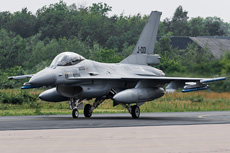
|
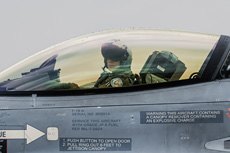
|
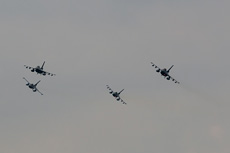
|
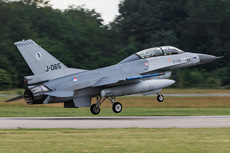
|
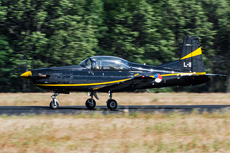
|
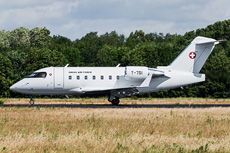
|
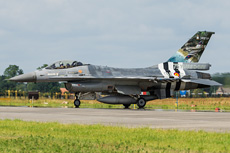
|
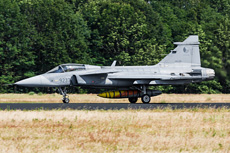
|
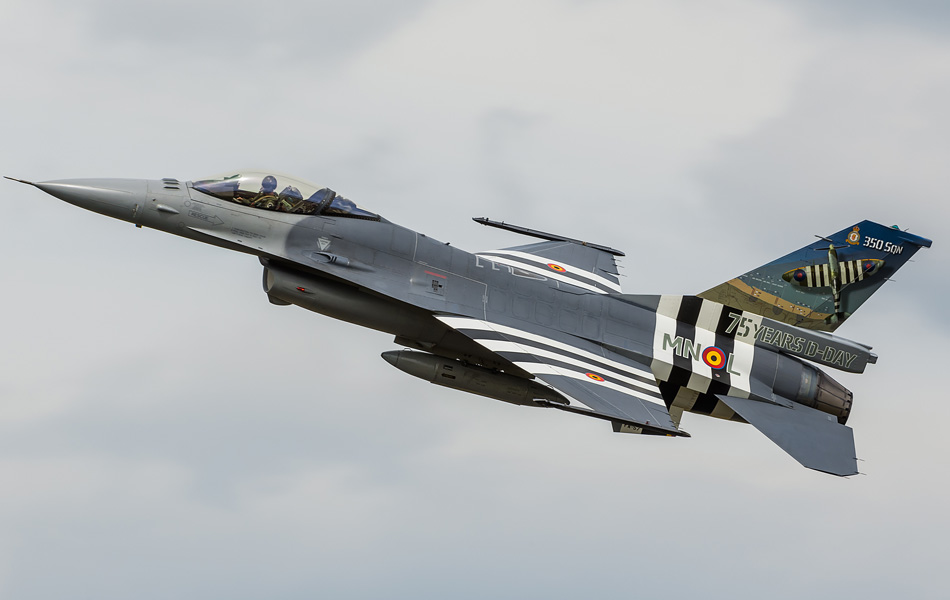
|
and sales. The Royal Netherlands Air Force already received two test aircraft in 2012 and has ordered a total of 37 aircraft from the American aircraft manufacturer Lockheed Martin. The Air Force is already discussing a follow-up order for another 15 aircraft in the long term. In the coming years, the production revenue that is yet to be realized is estimated to be another nine billion euros for Dutch businesses. In addition to building the aircraft, the F-35 is expected to provide an additional fifteen to twenty billion euros in maintenance contracts. There will be approximately 1,600 permanent jobs in available in the Netherlands for the maintenance of this hyper modern fighter plane. A logistics center will be opened at Woensdrecht Air Base to make spare parts available for the F-35 in Europe. The Dutch company GKN Fokker will make electrical cabling for the F-35 and supply composites for the jet engine of the aircraft.
The Dutch Air Force will initially station a number of F-35 Lightning II combat aircraft at Luke Air Force Base in Arizona from 2019 to 2023. The American air base is for the US Air Force and as its partners the most important training base for the F-35. In addition to the Dutch and American air forces, Luke AFB also trains the Australian, Japanese and Norwegian air forces with the F-35. The first six production aircraft that have since been built and delivered in the United States are already based on this air base. At the beginning of 2019, the first Dutch students entered the training and conversion for the F-35. The Dutch F-35 fighter pilots will first follow the F-35 type training within the F-35 Pilot Training Center (PTC). To facilitate this training, the Dutch Training Detachment F-35 (NODF) was established at Luke AFB. The fighter pilots are trained at the PTC, and there is also the option of facilitating On the Job Training (OJT) for maintenance personnel. After the conversion phase of the current F-16 pilots, a number of F-35s remain behind for the remaining training. If the current F-16 pilots are retrained to the F-35, the number of students will decrease in the future. After the conversion phase, an average of five new F-35 pilots can be trained per year. Until 2023, maintenance of the Dutch F-35s on Luke AFB will be provided by hired personnel from the US Air Force. This maintenance process has until now been fully taken care of by the United States. In the long term, it is possible to deploy Dutch maintenance personnel within the PTC once they have been fully trained.
In addition to the eight aircraft built in America, the following aircraft will be produced in Cameri in northern Italy. The first European production models for the Royal Netherlands Air Force are already on the operational production line in this factory. In the current schedule, the first aircraft will be delivered to the Air Force from October 2019. It is intended that the first aircraft will be fully operational in 2021. This means not only that the aircraft have been delivered, but also that the personnel can be fully deployed with these fighters. The Frisian airbase Leeuwarden will be the first Dutch F-35 base. The 322 Squadron will thus become the first operational squadron with the F-35. The intention is that from the end of 2019 to 2023, approximately eight aircraft will be delivered to the Air Force each year. The last three aircraft will eventually be delivered in 2024. Meanwhile, Dutch politics have come to the point that the proposal has been made to purchase at least eight to nine extra F-35 aircraft. The intention is that a third operational squadron can be equipped with these aircraft to be able to meet NATO obligations. It has also been found that these aircraft are necessary to be able to sufficiently represent the interests of the Netherlands with these aircraft. After years of critical words about this very expensive aircraft, the phasing in of the type actually started at the Dutch Air Force. The F-35 has become the successor of the loyal F-16 Fighting Falcon which will leave the scene after more than forty years of service.
|
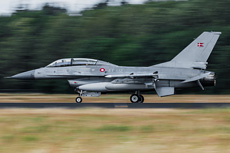
|
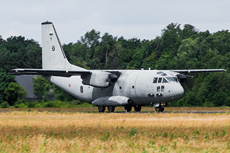
|
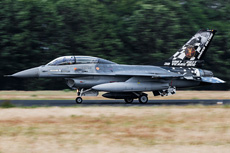
|
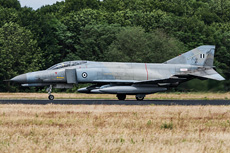
|
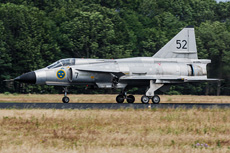
|
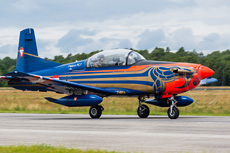
|
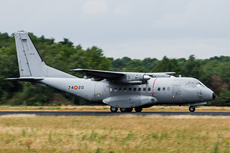
|
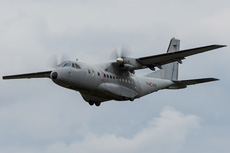
|
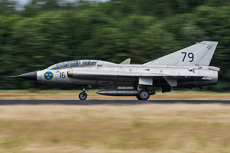
|
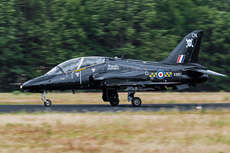
|
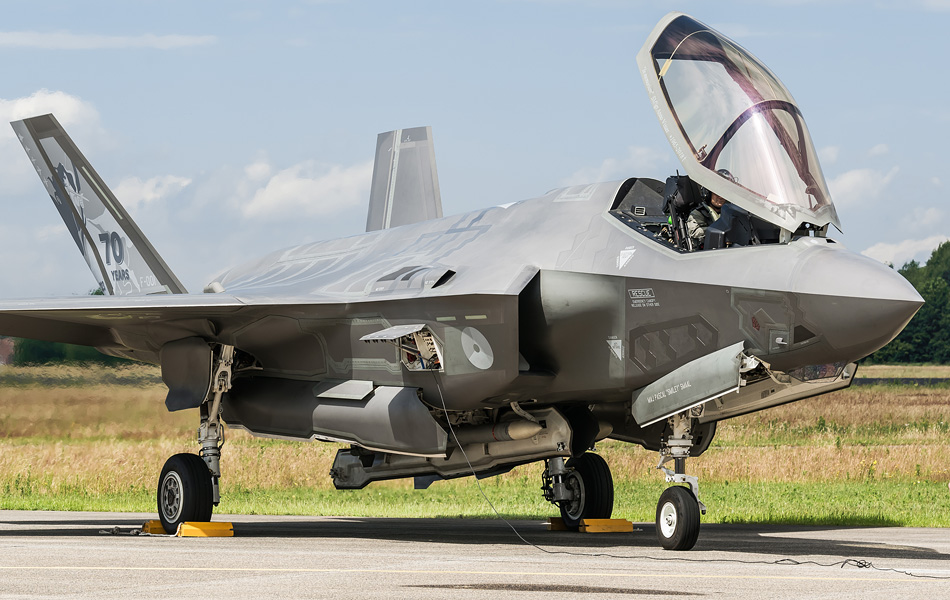
|
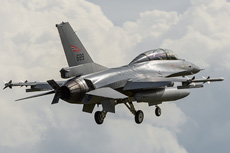
|
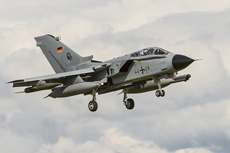
|
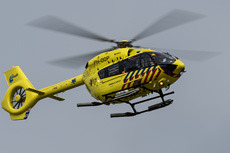
|
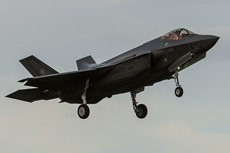
|
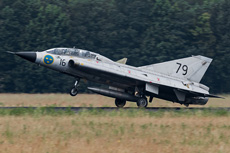
|
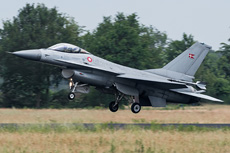
|
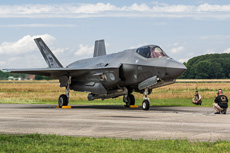
|
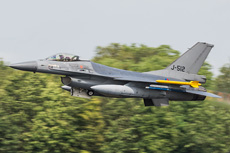
|
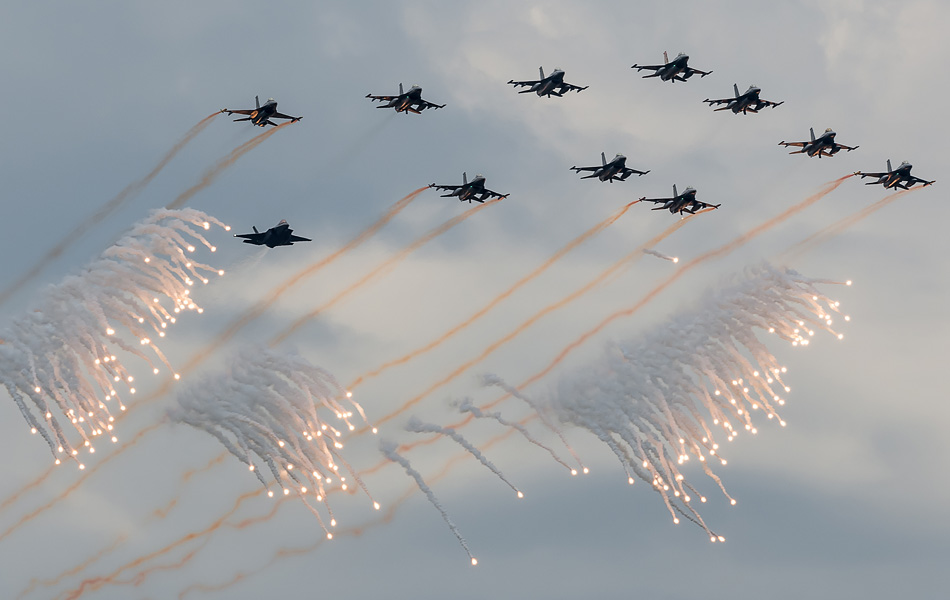
|
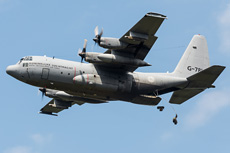
|
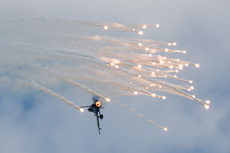
|
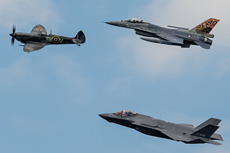
|
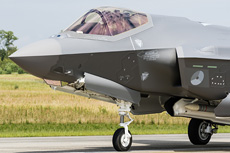
|
|
|

|







